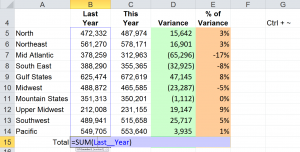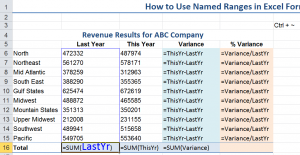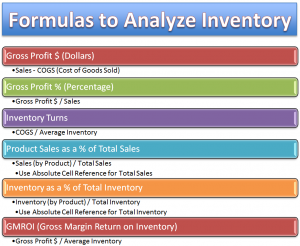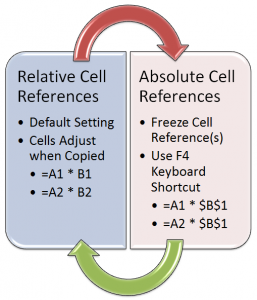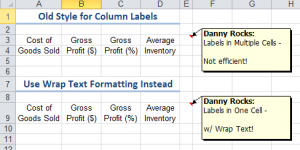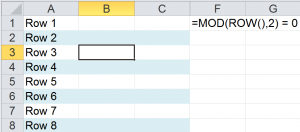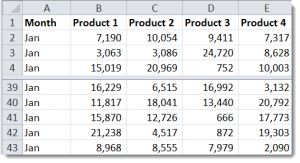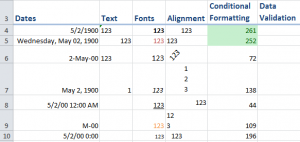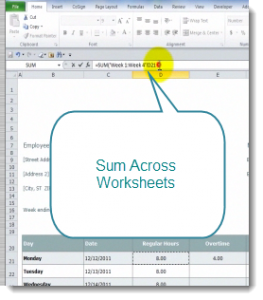I am a strong proponent for using Named Cell Ranges when creating Excel Formulas. But what if you have already created formulas – formulas that use cell references. How do you insert or apply a newly created named range into an existing Excel Formula?
Simple answer – watch this short video to see me demonstrate how this is done.
Better answer:
Follow These Steps
- Activate in-cell formula editing by either double-clicking the formula cell or using the Keyboard Shortcut F2.
- Highlight the cell reference that you wish to replace with a named range.
- Choose the Name from the “Use in Formulas” drop-down menu. You can also use the F3 Keyboard Shortcut to open the Paste Names Dialog Box.
- Repeat these steps to complete replacing additional cell references with named cell ranges.
Learn to Get the Most from Excel
On my DVD-ROM, “The 50 Best Tips for Excel 2007,” I offer 5 1/2 hours of video instruction. You will be amazed at how much more you can get out of Excel when you invest in this valuable resource. I invite you to visit my secure, online shopping website to learn more about the resources that I offer.
Watch Video in High Definition
You can view this Excel Tutorial in High Definition on my YouTube Channel – DannyRocksExcels
